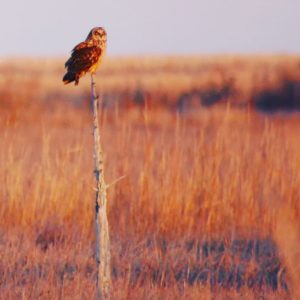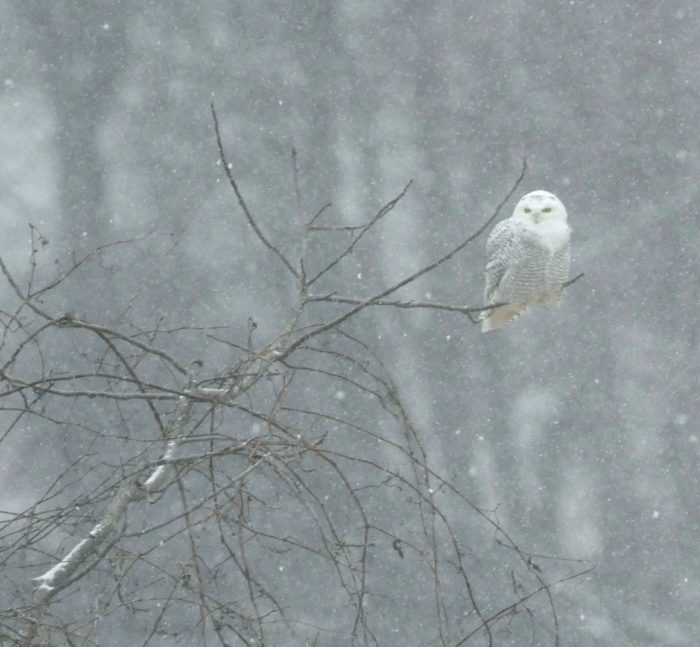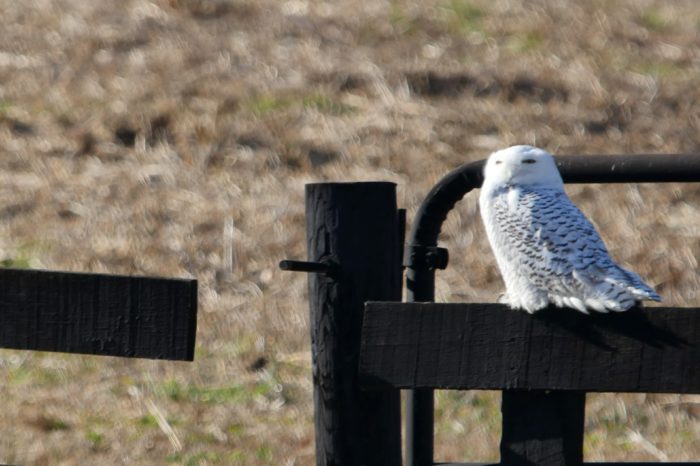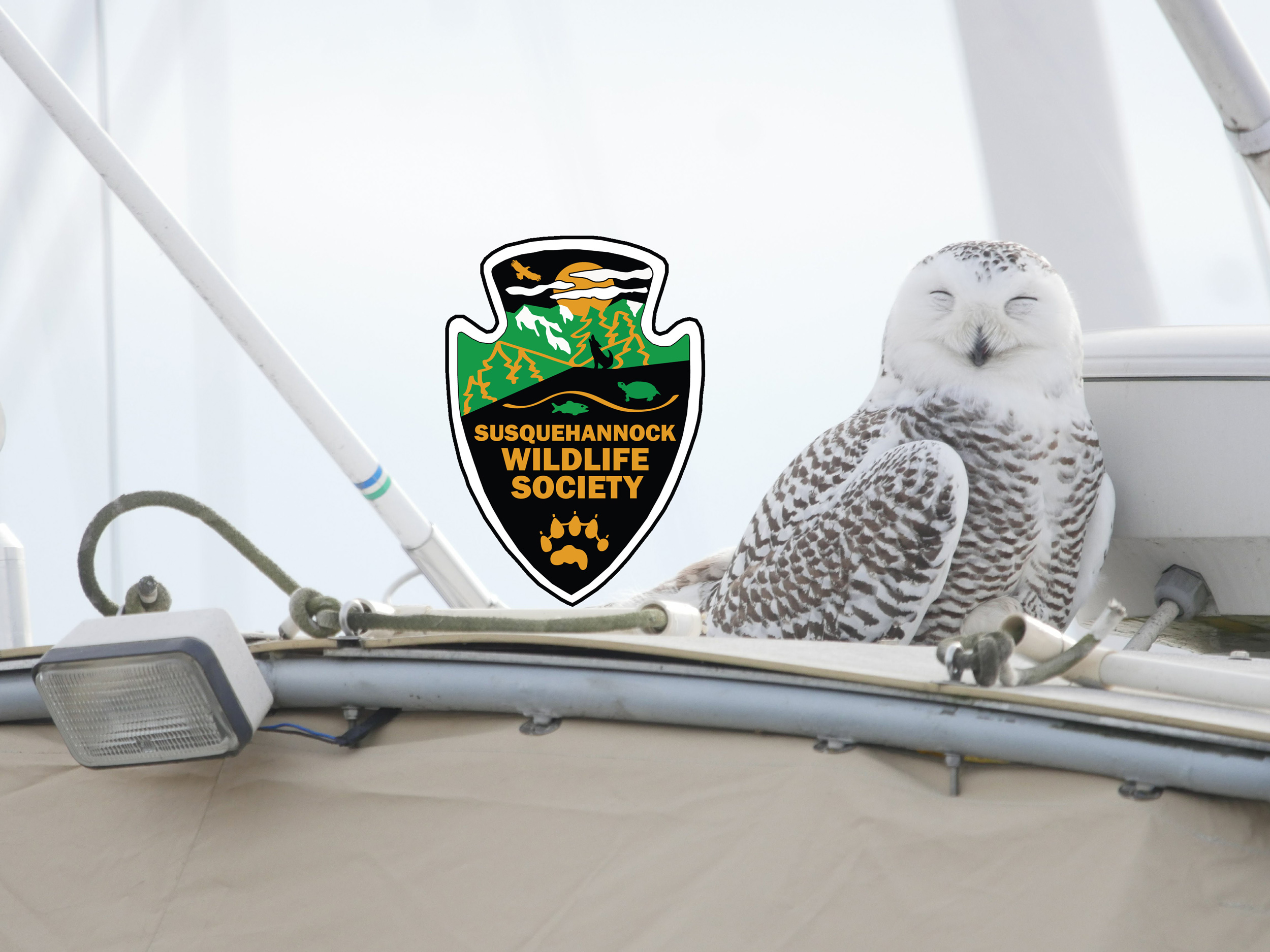CLICK ABOVE OR HERE TO PLAY VIDEO!
There has always been something mystical about owls. To many they seem more like spirits than living creatures with their secretive nature. Their large eyes adapted for finding prey at night. Their nearly silent flight. Their expert hearing which is enhanced by their unique facial structure. They can be adorable and powerful hunters all at once. There is something perhaps even more magnetic about the snowy owl, with its large size and delicate white feathers that mark it as the great traveler from the frozen northern tundra that it is.

Short-eared owl, another winter traveler to the Mid-Atlantic
This species typically lives in a much different world than we are used to here in the mid-Atlantic along with some of its other iconic northern neighbors. Occasionally they appear when they migrate south for the winter, sometimes in significant numbers as an irruption when their populations boost, prey is scarce or possibly harsh weather that makes it tougher to hunt. Depending on their location their diet consists of anything from arctic birds like the ptarmigan or sea ducks, small birds and rodents like lemmings or voles. Once they make the long journey they search out new prey and refuge in our local farm fields, coastal areas, and even more developed neighborhoods, airports or commercial areas as stopovers.

Unlike many owls that are mostly nocturnal and hunt at night, snowy owls can tend to be more diurnal due to them adapting to long daylight hours in the summer of their arctic homes, that combined with their preference for more open habitat makes them easier to observe than most. For us that study and enjoy wildlife this is both a blessing and a curse.
The popularity of these birds and other birds of prey among photographers, birders and wildlife enthusiasts of all kinds, cannot be overstated. Their accessibility and easy-going nature, turns them into local celebrities, attracting folks from all over. Unfortunately with that popularity and social media spreading locations of sightings quickly, many folks forget their manners and don’t treat our arctic guests with the respect they deserve.
We all must practice some simple outdoor ethics when interacting with wildlife, especially those who have traveled long distances, are easily stressed out, and have to struggle to find food in tough conditions. Here are some suggested guidelines to protect these wonderful owls while still allowing you to have a great experience with them –
First of all, we must be good neighbors and respect private property rules and closed areas in our parks. This is sometimes ignored by overeager observers.
You should never feed or bait owls or other species to achieve closer photos. Wildlife can easily become dependent on humans and be put at greater risk of harm.

We must not actively chase owls to the point of causing them to flee. Using more powerful lenses, scopes and binoculars to maintain a reasonable distance of generally a few hundred feet, depending on the amount of cover and behavior of the animal (which should barely notice your presence), is the best way to share a space with these birds without causing harm.
With these simple guidelines we can all enjoy these special moments and help educate others on just how precious and worth protecting our wildlife is, both local and visiting.
Get outside and explore nature. Make sure to keep your eyes open, you never know what wonders might be waiting for you. Perhaps even a traveler that is a long way from home.


